| Coad | 670343 | Substrate | Liquid Crystal Polymer / N-BK7 | |
| Type | Multifocal Lens | Diffraction Efficiency | >96%,5 | |
| Dimension(mm) | 25.4 x 1.6 | Transmittance | >91%@532nm | |
| Wavelength(nm) | 532 | Surface Quality | 60-40 | |
| Focal Length(mm) | 50.0 - 250.0(Δ=50) | Clear Aperture(mm) | 20.00 | |
| Coating Type | AR Coating | Coating Specifications | Ravg<0.5%@400-700nm |
LBTEK Multifocal Lens is a diffractive optical element that is sensitive to the polarization state of the incident light. It is typically used in combination with a circular polarizer. When illuminated with circularly polarized light, the laser beam passing through different regions of the multifocal lens generates multiple foci with equal energy along the propagation direction.
When paired with a focusing lens, the multifocal lens allows adjustable focal spacing, providing greater flexibility along the propagation distance. LBTEK precisely designs the phase distribution of its multifocal lenses based on the divergence angle, size, and energy distribution of the incident beam. Submicron-scale liquid crystal polymer microstructures are carefully arranged to suppress zero-order diffraction efficiency to below 4%. LBTEK offers standard 1-inch multifocal lenses with operating wavelengths of 532 nm and 633 nm, five focal points, and a focal spacing of 50 mm, while also supporting flexible customization of parameters and specifications.
LBTEK Multifocal Lens is fabricated on an N-BK7 window with a single-substrate design. One side of the window is coated with a liquid crystal polymer (LCP) film, providing a uniform phase retardation of λ/2 across the entire clear aperture at the design wavelength, while the opposite side is coated with an antireflection (AR) layer, which is recommended as the incident surface. To ensure equal energy distribution among all foci, the incident beam size must match the clear aperture of the lens. LBTEK also offers customization for specific wavelengths, focal lengths, number of focal points, and lens dimensions. This product has a single protective substrate, and users should distinguish between the AR-coated side, which is the incident surface, and the LCP side, with the tip of the “V” mark pointing to the LCP side. The LCP surface must be protected from scratching, rubbing, or any form of physical contact, and solvents such as alcohol, water, and acetone should not be used for cleaning. If necessary, non-contact methods such as an air gun are recommended.
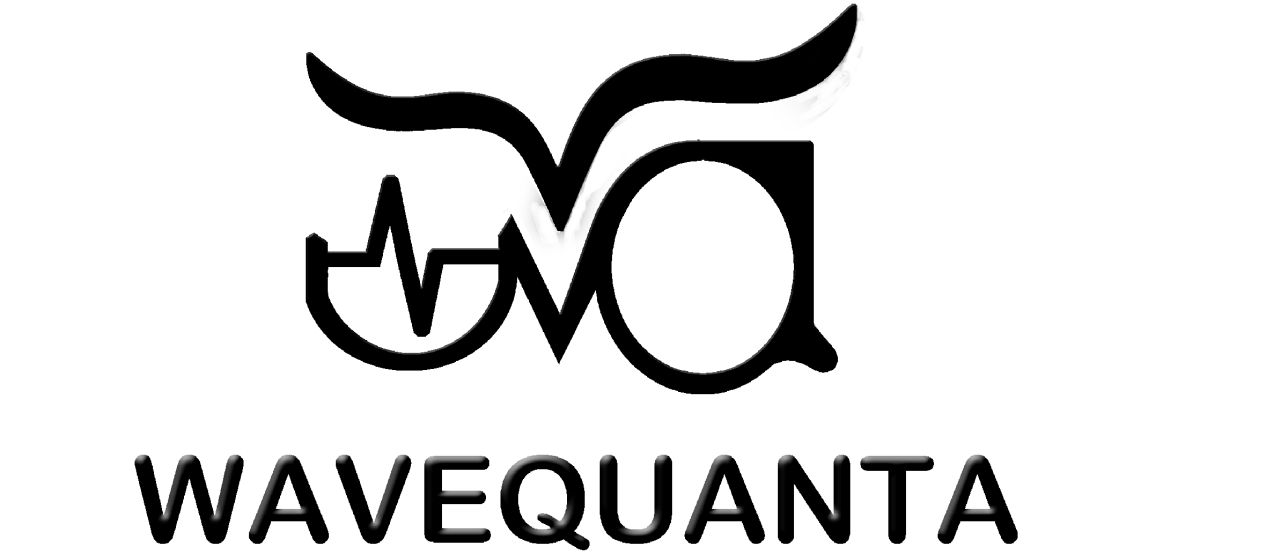



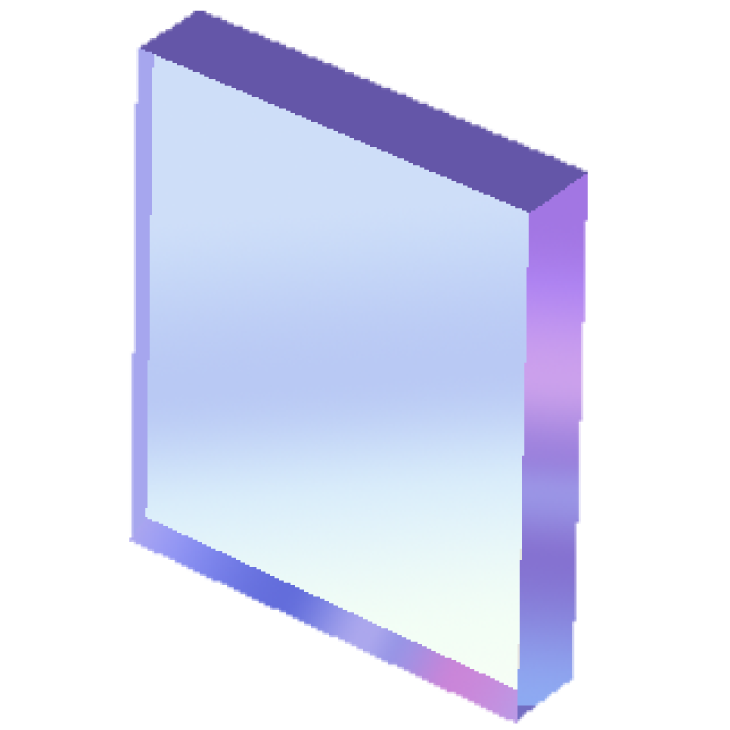
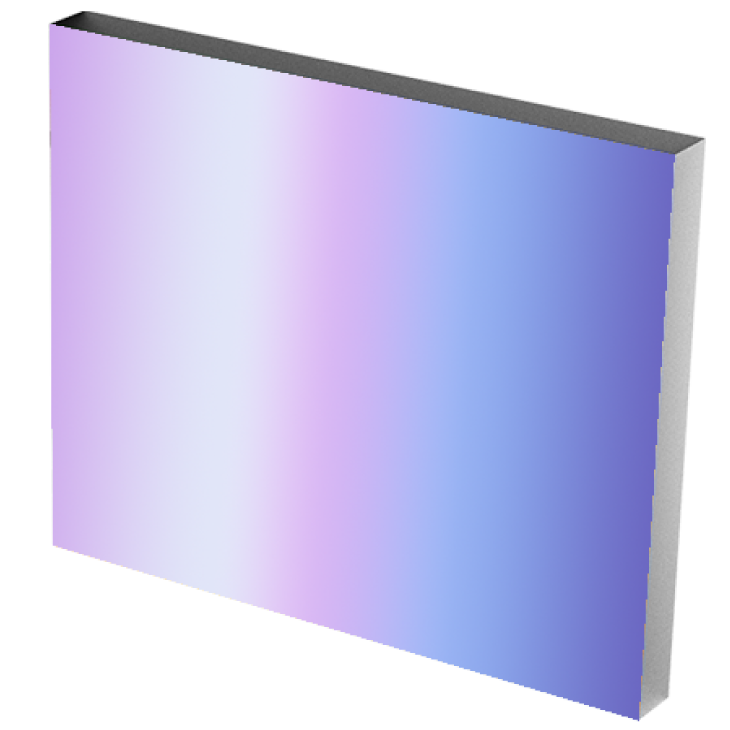





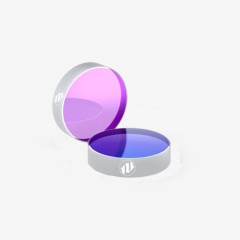
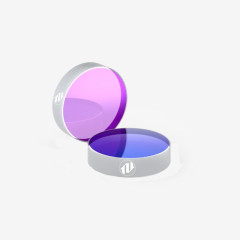
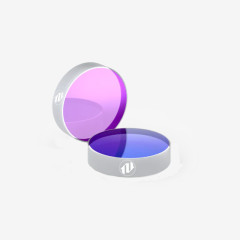
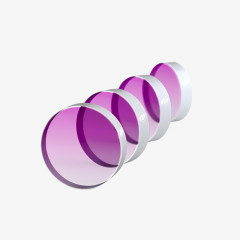
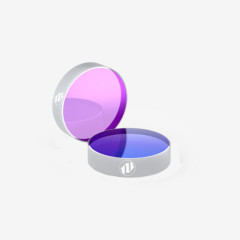
Product evaluation
%High praise
There are comments